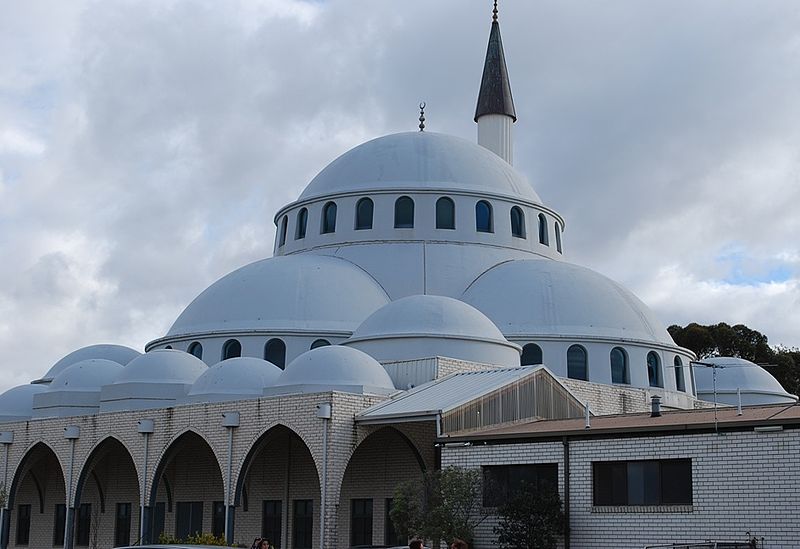The Sunshine Mosque in Melbourne, Australia, is a symbol of thriving religious freedom in the country. [Picture: Wikipedia]
When Mariam Mia readied herself to visit her daughter Down Under earlier this year, her nerves twitched with trepidation over what might be waiting in the distant land. Flashing through her mind were the stories of Islamophobia and prejudice that had come to define Muslim life in Australia – or so she thought.
For South African expats, Australia is a world away from home – culturally, economically and almost even geographically. Yet it is the number one destination for South African emigres looking for greener pastures and a similar climate.
Mia’s daughter was one of nearly 200 000 South Africans who headed down under, and there’s no doubt that figure will climb as the country welcomes more immigrants. Yet, many Muslims interested in making the move are often dissuaded by fears of Islamophobia.
But Mia was in for a culture shock when she arrived in Melbourne. After all, she found that she could easily practise her religion – just as she could back home.
“We used to see clips of how Australia was racist towards Muslims,” she said. “There was a large amount of Islamophobia, and many subscripts [in the videos]. So I was a bit nervous, being a Muslim person, going from South Africa.”
Being prejudiced, being attacked for holding a belief, might be a justified apprehension for someone visiting a country with a history of discrimination. Take, for example, the children of aboriginal descent who were forcibly taken from their families until as recently as the 1970s, to be “converted” into white citizens.
But things are changing in a land that is rapidly growing and reintegrating its native population. This also means Australia is becoming more open to the idea of diversity in 2023. Prejudices like Islamophobia are giving way to acceptance of cultural and religious differences.
“It’s a good time to be a minority in Australia,” says Mia. “Things are changing. There’s respect for all groups who make up the country of Australia. I’ve seen many sisters in full niqab. The mosque was just a walking distance [away].”
SMread: Championing change and empowering women in Islamic finance
Islam has long been present in Australia, dating back to Makassar traders from Indonesia in the 18th century. Since then, the growing Muslim population has established a strong foothold within the country. There are now just more than 800 000 Muslims, making up 3.2% of the total population.
About the diversity within the Muslim community itself, Mia notes, “You have Turkish Muslims, Philippine Muslims, Malaysia Muslims, Muslims from Indo-Pak, Muslims from the Far East and Asia, Muslims from South Africa, Muslims from Somalia. A global Muslim representation …”
She was delighted to be able to perform salah in public spaces without harassment. More heartwarming was the fact that in Melbourne alone, there are more than two dozen Muslim schools, 125 mosques and established facilities like hifdh schools. Diversity is being celebrated in the land of the kangaroo.
“Not only are they [aboriginals] being acknowledged,” she said, but “there were exhibitions in and around Melbourne about their culture, their art, their lifestyle. It’s a revival, there’s a renaissance and that type of culture is being integrated.”
But going to a country that is almost as open to Muslims as South Africa, with the tremendous benefit of it being a functional country that provides all the basic services so sorely lacking back home, was a trip down memory lane for Mia.
As she stood on a bustling, cosmopolitan street in downtown Melbourne, she felt a feeling that could only be described as nostalgia for her childhood back in South Africa. And then a rude awakening.
“The penny dropped. We gave our city away cheaply. We didn’t fight for our city of Johannesburg. We didn’t hold our elected representatives in government accountable. We don’t have a city centre that we could be proud of. I’ve seen what a city centre in 2023 can be …”
The visit left Mia with a lot to think about, starting with what South Africa could have been had it been allowed to fulfil its full potential. It also left her with a new perspective of cultural differences in a land far away.
